World Class Textile Producer with Impeccable Quality

World Class Textile Producer with Impeccable Quality

Transforming thread into fabric requires several stages and measures. Knitting is one of them. Knit fabrics consist of horizontal parallel courses of yarn joined by interlocking loops. Knit fabric, whether hand-made or machine-made, forms a new stitch and look.
The use and application of knit fabric is not limited to industrial uses only. The most versatile applications include home furnishing, accessories, clothing, baby items, and accessories. In this article, knit fabric and its applications will be discussed, representing the fabric as more than just a piece of cloth.
Knit fabric refers to well-constructed elastic and porous fabric. It is created by interlocking yarns using needles. The fabric is quick to make and easy to produce, and it is also less expensive.
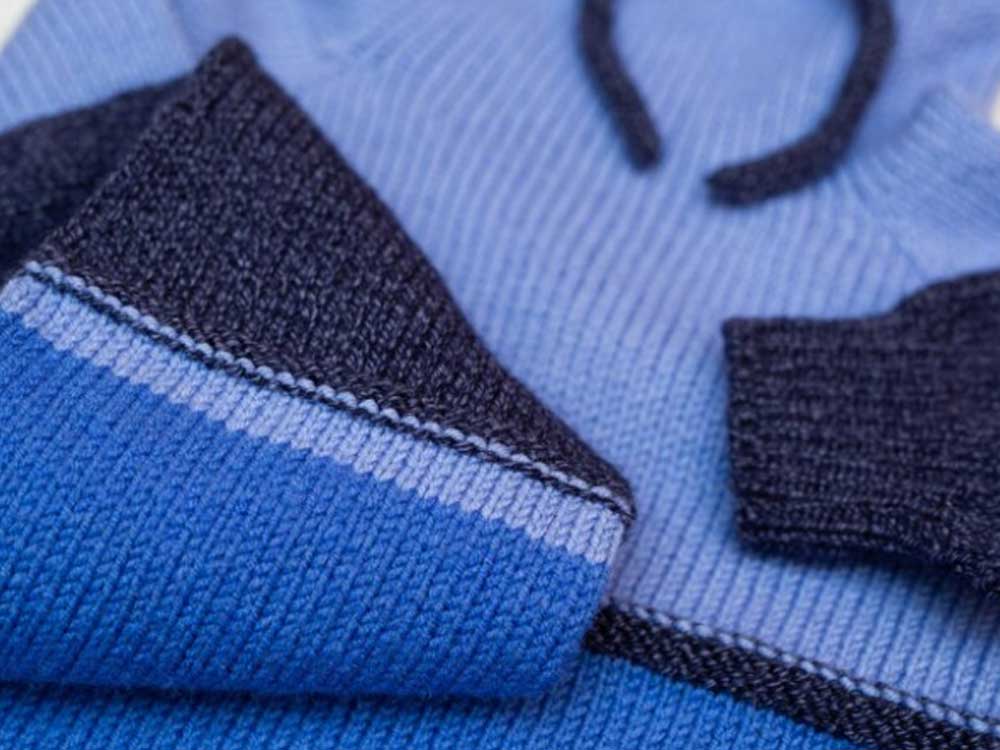
Knit fabrics are lightweight and comfortable to wear while traveling. They require little care and low maintenance. Besides, knit fabrics tend to resist wrinkles, which boosts their popularity. The main application area of knit fabrics is active clothing, as these fabrics have an elastic nature.
Knit fabric is made of cotton material in most cases. It is made by looping threads using a needle and connecting the loops to create fabric.
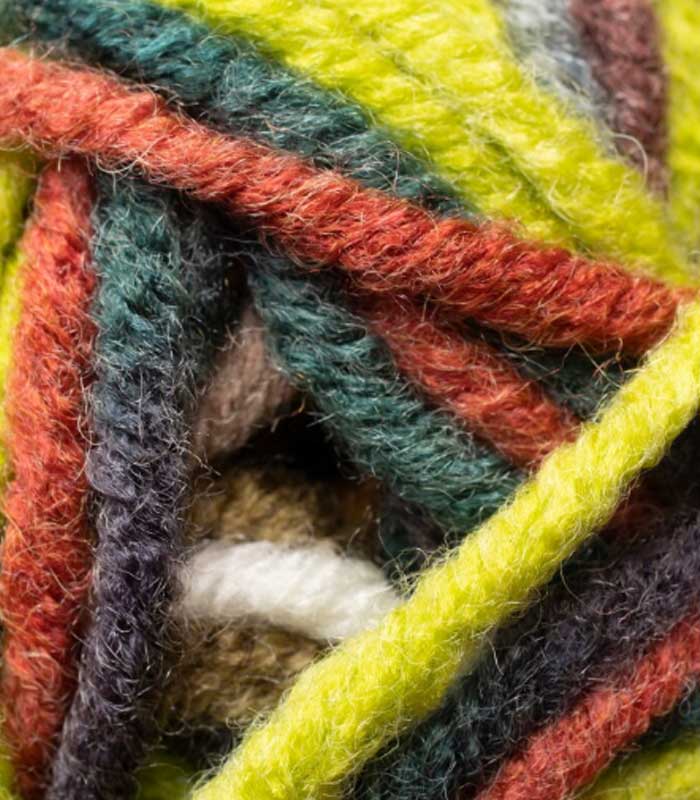
In everyday clothing, the fabric is a common one. Although there are two types of knit fabrics- weft and warp knit, both types involve interwoven yarn with slightly different features.
Knit fabric offers several features, for instance, breathability, durability, stretchability, and softness. The fabric can be made of natural fibers, for instance, cotton, wool, silk, and synthetic fibers, for instance, polyester, nylon, acrylic, and spandex. In some cases, knit fabric comes in blends, for instance, cotton-polyester, wool-acrylic, and nylon-spandex.
Knit fabrics, which are well-produced, can be made of several varieties of yarn. These varieties include cotton, silk, and viscose. Some other varieties are spandex and polyester. In an overall sense, there are three main steps in producing the knits. These steps are the following:
Step 1: Fibers getting spun into the yarn: Fiber bales get cleaned up at first. The step also includes the separation of the fiber. At this point, knit fabrics may get blended up with different staple fibers as well. Then, these fibers go through a carding machine to get processed. This machine organizes the fibers into a fin web of thin strands. A comb-like refined tool refines these finer strands to convert them into a longer yarn. The objective is to enhance the strength with additional twists. Then, these yarns get drawn into a spinning frame with a series of rotations at higher speeds.
Step 2: Setting up the knitting machine: Selecting the knitting machine is the second phase of the manufacturing process. In this stage, flat and tabular kinds of knitted fabrics are produced. There are different parameters for selecting a suitable knitting machine, including machine, gauge, capability, and others.
Step 3: Setting up the specific designs for Knitting the yarn: After the selection of the machine, it is time to set up or implement specific designs.
There are two types of knit. One is warp knitting and weft knitting. In the warp knitting technique of knit, multiple yarns are introduced vertically.
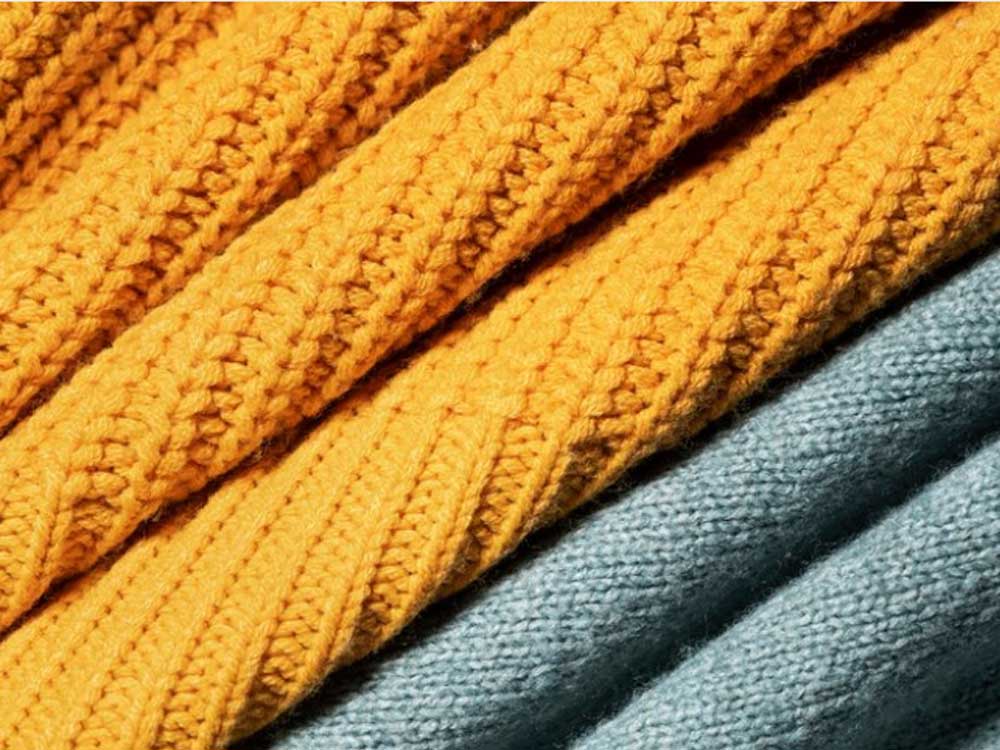
They are introduced into the machinery to form rows. In the weft knitting, the knitting fabric emerges horizontally through the interlocking loops of yarn.
The two broad categories of knits are weft and warp. They are:
| Fabric Name | Knit Fabric |
| Manufacturing Materials | Cotton, Wool, Silk, Polyester, Nylon, Acrylic, and Spandex |
| Fabric Durability | Excellent |
| Fabric Breathability | Great Breathability |
| Stretchability | Easily Stretched |
| Fabric Shine | Moderate: Can retain its color and shape |
| Fabric Drape Ability | Excellent Drape Ability |
| Heat Retention Ability | Good |
| Prone to Bubbling | Yes |
| Water-Resistant Ability | Low |
| Washing Temperature | Cold Temperature Wash |
| Application | Apparel, Upholstery |
Knit fabric has some unique features that make it stand out among other contemporary fabrics. For instance:
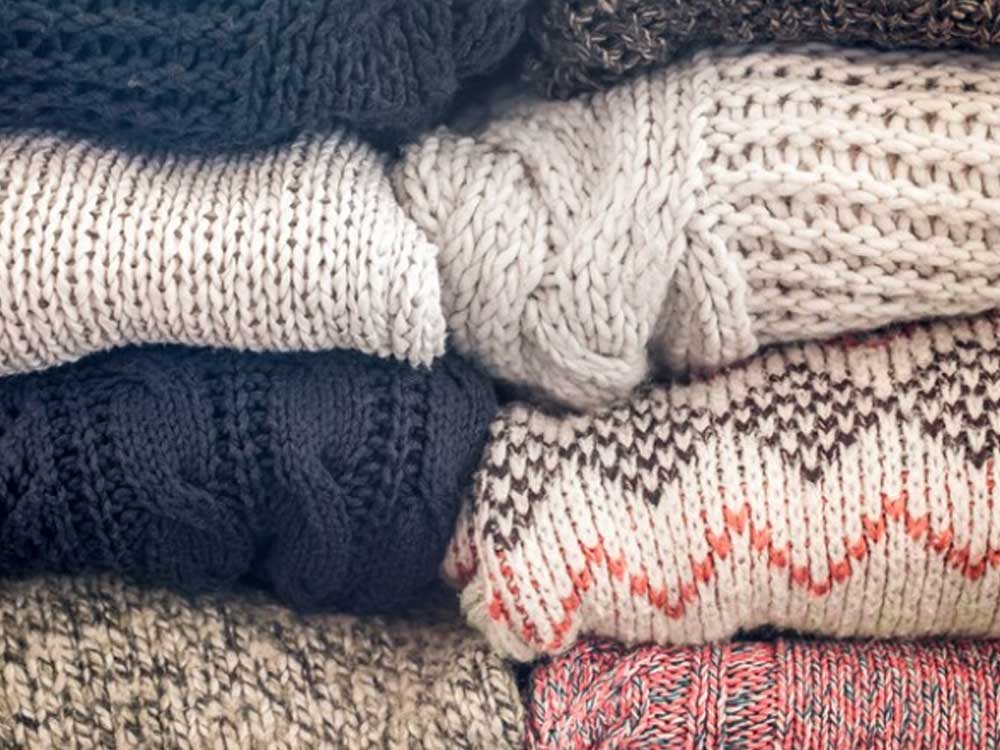
Depending on various applications, knit fabrics offer flexibility, comfort, and stretchability. There are some areas of application, for instance:
Apparel: The apparel section of knit fabric covers casual wear, activewear, winter wear, innerwear, and sleepwear.
Casual Wear: T-shirts, Hoodies, Sweatshirts, Dresses
Sportswear: Leggings, Cycling gear.
Innerwear: Briefs, Camisoles.
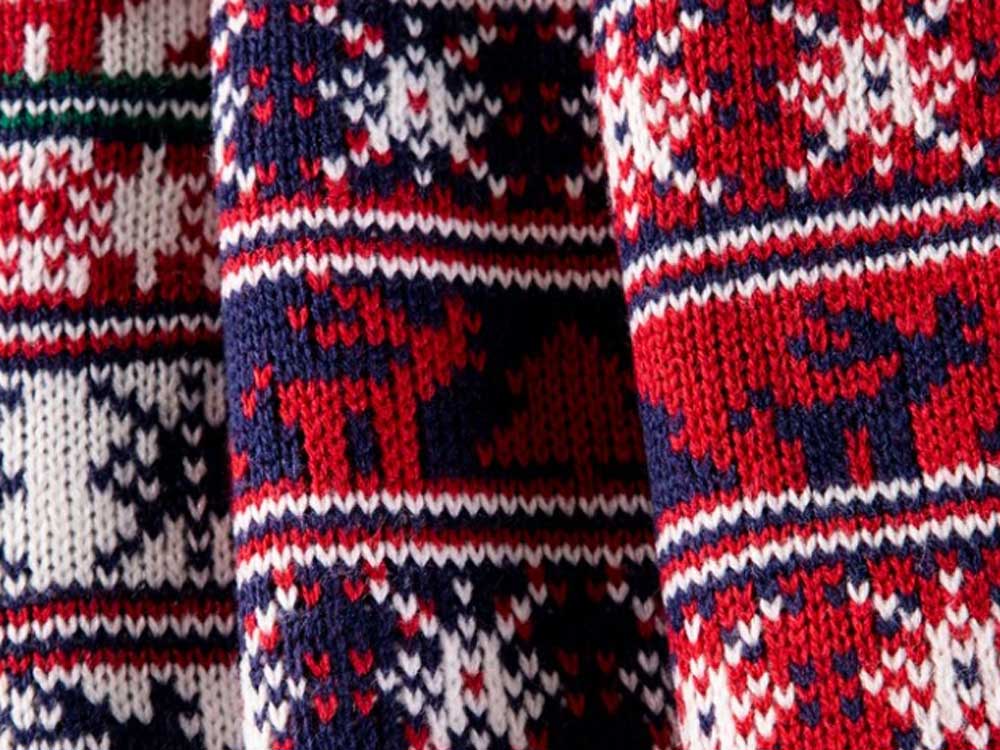
Winter Wear: Sweaters, Scarves, and Cardigans
Sleepwear: Pajamas, Loungewear
Accessories: Hats, Socks, Scarves, Gloves
Home Textiles: Blankets, Cushion covers, Knit throws
Technical Textiles: Bandages, Compression Wear, Seat Covers, Automotive Interior
Footwear: Shoes, Sneakers.
Children’s Clothing: Baby Blankets, Stretchy Outfits.
Knit fabrics have common uses for several daily clothing ideas, for instance, t-shirts, leggings, casual dresses, and hoodies. They hold softness and stretchability, maintaining the comfort of the fabric.
Knit fabrics are flexible and stretchable compared to woven fabrics. These fabrics are ideal for garments with frequent use. Knit fabric is form-fitting. On the other hand, woven fabrics have durability. These fabrics hold the shape better.
Knit fabrics are perfect for sportswear and activewear. They offer breathability, stretchability, and moisture-wicking properties. All these properties make these fabrics comfortable for physical activities.
Taking care of knits is easy compared to other care properties. They require cold water wash, using a gentle cycle. Besides, it is not preferable to wring knits out. Drying knit fabric is always appreciated to maintain shape and prevent shrinkage.
Knit fabrics sometimes come as spandex blends. Because they are ideal for stretchy items, for instance, leggings. Also, knits provide excellent elasticity and a snug fit.
In everyday clothing, the application of knit fabrics goes far beyond just a piece of clothing. Knit fabric showcases its versatility in many fields. Although knit fabric has wide popularity in terms of providing comfort and stretch, these fabrics play an essential role in technical textiles. The ability of the fabric to offer flexibility, breathability, and durability makes the fabric ideal for use. The different uses of knit fabrics are high-performance gear, medical textiles, and industrial uses.